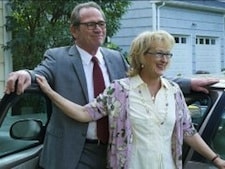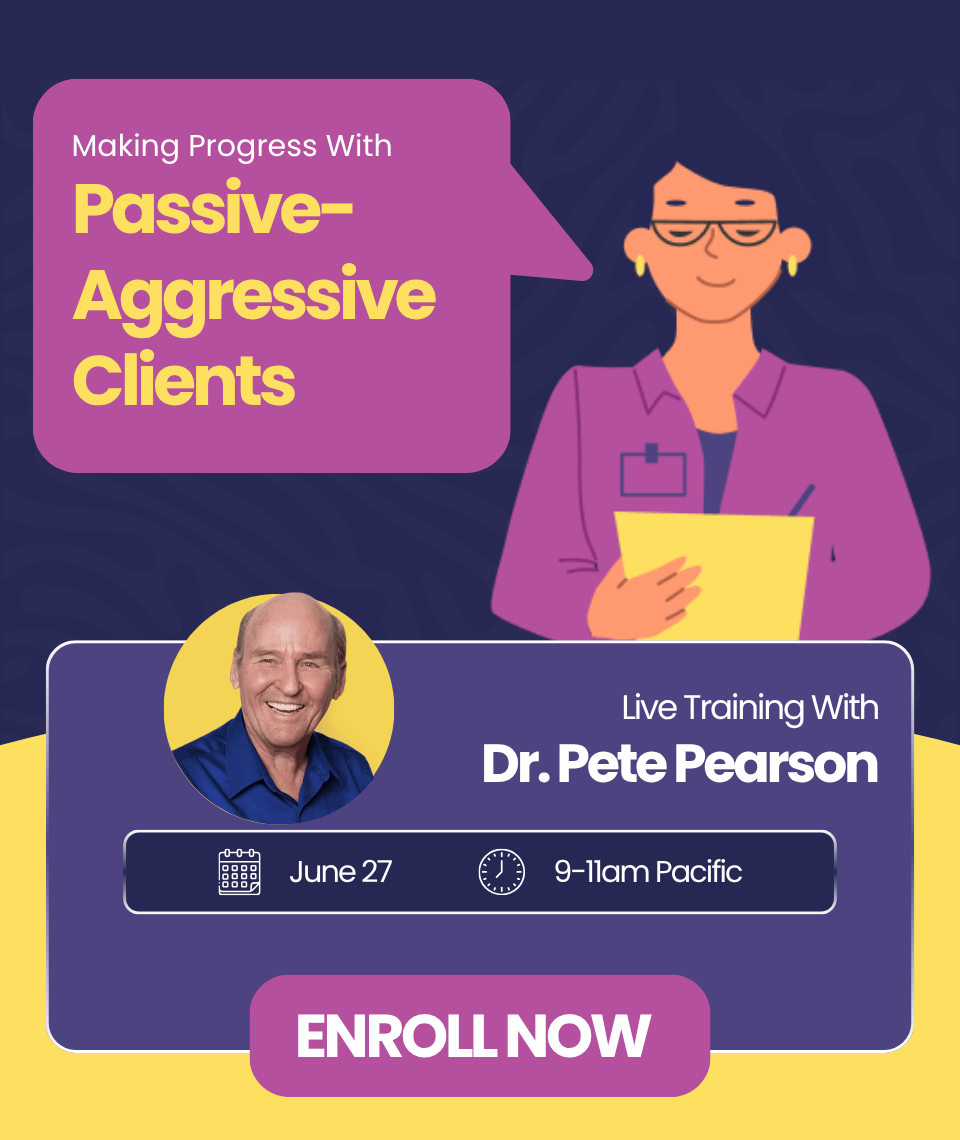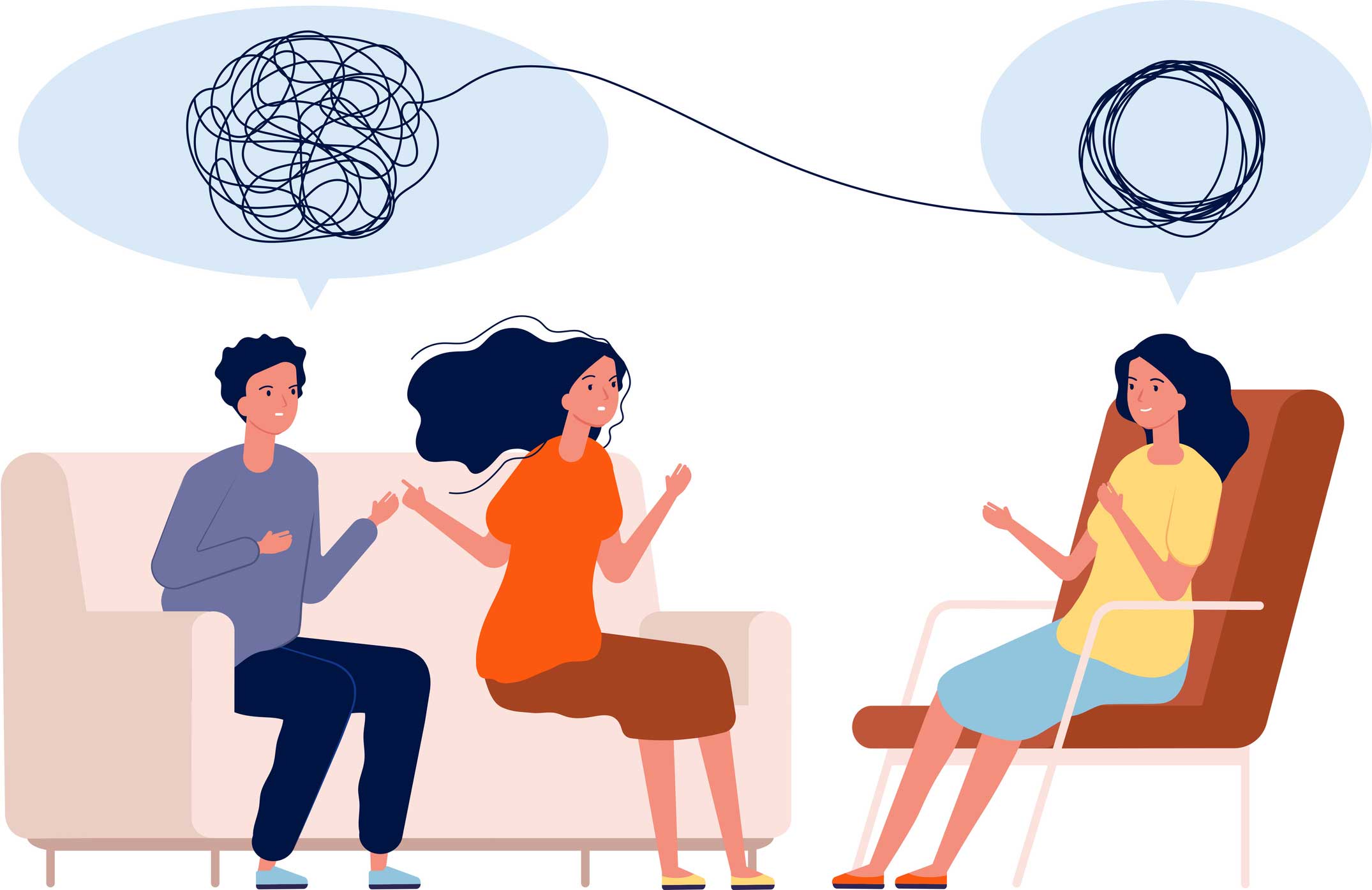Recently couples therapy has had a hold on the media, or maybe I am just noticing it. While flying to Africa, a magazine in the airport advertised “What Couples Therapy Should Look Like.” On the airplane another magazine quoted this month’s “amazing fact…spouses who travel in the same direction to work, regardless of the route taken or whether they actually travel together, tend to be more satisfied with each other than couples who don’t travel in the same direction.” (Jacqueline Detwiller, Hemispheres Magazine, reporting on a study from the Chinese University of Hong Kong.) And then there’s Hollywood, addressing the question, “Can passion and intimacy last in a long-term marriage?” in its latest release, Hope Springs. If you haven’t yet seen the movie starring Meryl Streep (Kay) and Tommy Lee Jones (Arnold) as a couple in a long-term, dead marriage, it’s worth seeing.
And, instead of juicing up the marriage Hollywood-style with an affair, writer Vanessa Taylor takes on the lesser-portrayed marital challenge of rejuvenating a dead marriage with couples therapy.
Kay and Arnold sleep in separate bedrooms. He’s gruff. She’s passive. She makes him the same eggs for breakfast every morning. He watches the golf channel. They rarely talk and never touch. Life goes on until the loneliness gets to be too much for Kay.
The viewer is held in suspense – can love and sexuality really be re-ignited in a 30-year old marriage? The more interesting question to me was whether or not a Hollywood movie about real couples therapy could actually be a box office hit.
My verdict … they did an excellent job! There’s gut-wrenching authenticity about a disintegrating marriage. There are awkward and unsuccessful sex scenes. There’s confrontational directness from their therapist Dr. Bernie Feld (played by Steve Carell).
And instead of affairs, special effects, murders or explosions, real life lessons are sprinkled throughout the film:
Lesson 1: It’s usually one partner who finally has the courage to get the couple into a therapist’s office.
Kay had the courage to put their marriage on the line. She took the risk. She started something of a revolution by using her own money to buy airplane tickets and to purchase the couple’s intensive therapy getaway week. She did what needed to be done.
Lesson 2: A couple may never have discussed their problem before they walk into our offices. They may not even know what it is!
Even though Kay found the courage to put their marriage on the line, she could not talk to Arnold about her deep loneliness and frustration. Their relationship had a history of conflict avoidance. She didn’t have the tools or fortitude to embark on what surely would have been one enormous, unproductive fight had she persisted in addressing their issues without the help of a therapist. And like so many couples, a fight is what each dearly hoped to avoid.
Lesson 3: Even with your expert help, marriage repair takes time, and it will have ups and downs. It isn’t a linear progression. Each partner must take risks, and the risks are not always met or supported by the other.
Several of the therapy sessions in the intensive week did not go the way that Kay and Arnold, or even Dr. Feld, would have liked. The intensive couples therapy doesn’t even necessarily have a totally happy ending. Watch the movie to learn more, but the movie highlights setbacks as a normal part of the process.
Lesson 4: Couples do best with a therapist who has excellent confrontation skills, jaw-dropping directness, and the ability to remain calm while bringing up what the partners are avoiding.
I secretly loved watching Dr. Feld confront Arnold and make him squirm. My biggest critique of the movie however is that Dr. Feld was too easy on Kay. I asked myself:
- Was this because she seemed timid?
- Was it because her contribution to the marital demise was quieter?
- Was it because he couldn’t see the role her passive avoidance played?
- Or, was it because he is male, and it is often easier for us to more strongly confront the partner who is of our same gender?
I actually think Dr. Feld was easier on Kay because subtle avoidances and the fear of intensity in women like Kay can be much harder for a therapist to see. Sometimes these behaviors do not even show up in the therapy office!
Really, the biggest message I took from the movie is the message of courage. The courage it takes to start change in a dying marriage, and the courage it takes to be a couples therapist who tells the truth openly with grace and dignity.
At one point early in the movie, before the intensive therapy week, Kay and a friend have a brief conversation about whether change is really possible in a marriage. Her friend declares that it’s not, but Kay doesn’t settle for that answer.
I applaud Kay for risking it all. And I applaud Hollywood for portraying couples therapy in a positive light!
Are Kay and Arnold similar to couples who have entered your office? What approach do you take with these couples?
This is a great time to take your couples therapy efforts to the next level!
Here's how:
1. Sign up here for our newsletter to receive more current insights and learnings in couples therapy.
Fill in the form below then click “signup now”, and you’ll instantly receive your free subscription to Our Therapist Newsletter! There’s no cost or obligation. It’s just 100% pure information for you. Cancel anytime. Signup now…
2. Read about our innovative online training program, geared to get you to the next level of effective couples therapy. Register soon as spaces are filling up!
Opening up a dead marriage takes calm, yet insistent firmness. You can do it, and we’d like to help you.


 We respect your privacy.
We respect your privacy.




Thank you. I look forward to learning more, AND to seeing the movie. Nice to know that this is intimidating for others also.
Dr Bader has captured the essence of both the movie and the real hard core issues in couples counseling. Our society tends to promote quick fixes and instant happiness and success. When a relationship becomes difficult or feels lifeless, it is so much easier to break up and seek the promise of finding a new and exciting partner without having to face yourself and your own contributions to the relationship problems. However, after the new honeymoon period ends, similar problems tend to emerge. It is a relief to see a movie that show a realistic view of attempting to rejuvenate a relationship rather than take the seemingly easy way out.